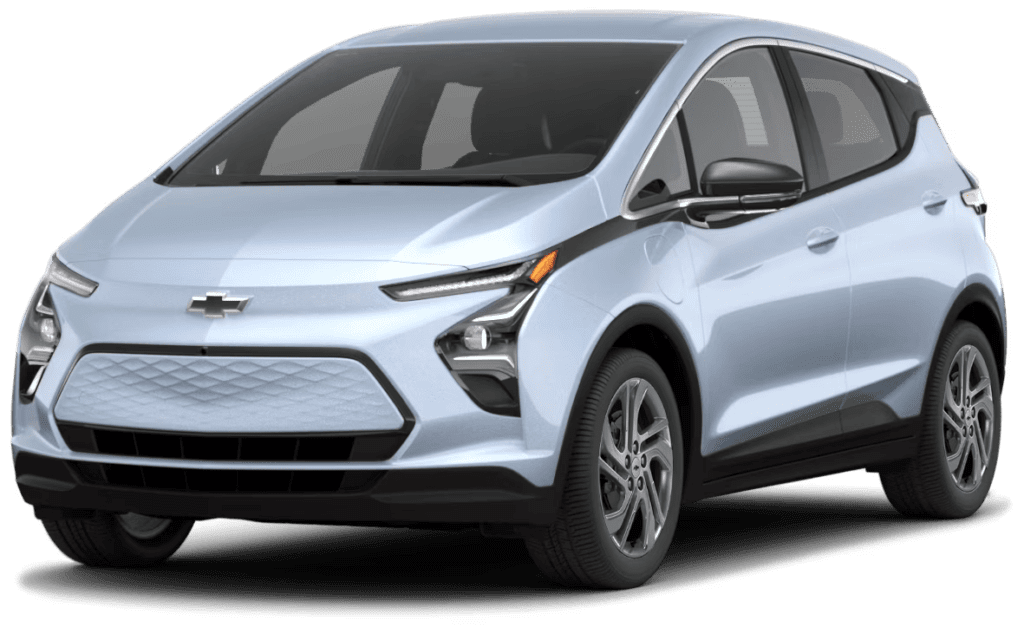
After 11 episodes I was completely hooked. The show was getting better every week. The new Fox live-action series Firefly boasted the spirit and adventure of Star Trek, with the energy and human engagement of Western great Gunsmoke. Somehow, some way, producer Joss Wedon, of Buffy the Vampire Slayer fame, had created a genre-defying weekly drama that was sharp, tense, funny, and completely engaging. And, Fox cancelled it.
Cars That Were Discontinued Too Soon
Fox didn’t even air the remaining three already-produced episodes of the show. Seems that, though the media found the show delightful, early ratings weren’t where the network wanted them to be, and corporate executives, likely unnerved by the show’s improbable premise and confusing demographic appeal, threw in the towel—just as the show was becoming awesome. I mean, Firefly was really good.
That was way back in 2002. Wedon did manage to bring to the silver screen a feature-length movie (Serenity, 2005) which tied up a lot of loose ends, but also killed off a beloved character, driving home the point that was going to be all the Firefly we were gong to get.
Carmakers do this to us, too. There are tragic cases of automobile models hitting their design-and-practical prime, only to be unceremonious yanked from showroom just as things were getting interesting. Subsequent to a conversation recently heard on the Steve and Johnnie Show, on which I am fortunate to be a regular guest, I was challenged by the hosts to create a list of vehicles that were discontinued just as they were getting good. I have to risen to the task, and share here three vehicles that were just getting good—or had recently been much improved—only to be killed off shortly thereafter.
Pontiac Fiero

If ever a car failed to live up to its hype, it was the Fiero. Launched in 1984, Pontiac’s futuristic, affordable 2-seat, mid-engine commuter/sports car should have set the world on fire. It did not. Cursed with a weight problem (early cars clocked in at 2400-2500 pounds), feeble power (General Motors ubiquitous “Iron Duke” 4-cylinder engine), and a woefully low-tech suspension, the Fiero “2M4” (2-door, mid-engine, 4-cylinder) looked good, but was neither fun to drive, nor especially efficient as a commuter vehicle, the latter having been part of the car’s early marketing promise.
Also, early examples were given to bursting into flames, a condition which proved unpopular with owners.
Now, things did improve in subsequent years. A V6 engine was made available, and brought with it a proper 5-speed manual transmission option, this instead of the 4-speed offered on 4-cylinder models. The six did much to improve the fun factor, serving up 0-60 mph sprints in the 7.0-second range, impressive for the mid-Eighties.
The big news, however, came for 1988. The Fiero’s relatively crude suspension (made up of Chevrolet Chevette and Chevrolet Citation components) was thoroughly updated by engineering firm and sport-car maker Lotus, which was then owned by GM.
Much covered in the automotive media, the new suspension reportedly transformed the car, and, when equipped with the V6, elevated the Fiero to legitimate Sports-car status. A 1987 design freshening additionally helped ingratiate the Fiero with buff books and fans alike.
Alas—and you know where this is going—Pontiac dropped the Fiero after the 1988 model year, just as the car was getting good. More depressing, word was that Pontiac had been working to squeeze a 190-horsepower version of the Oldsmobile Quad 4 16-valve engine into the Fiero engine compartment; an update that would have put Corvette engineers on high alert.
Toyota Avalon
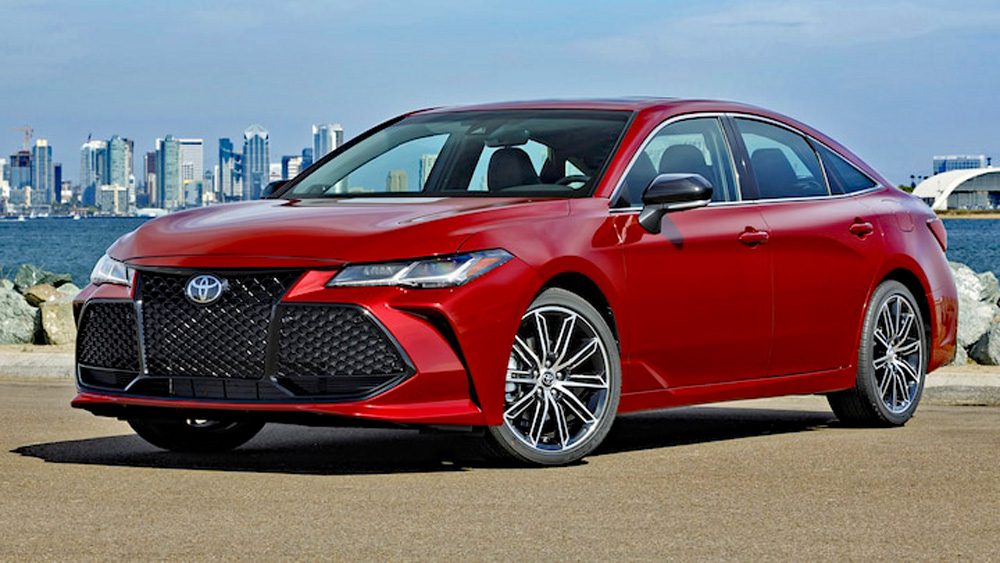
If you place a priority on comfort and refinement, and a very low priority on sportiness, Toyota had a sedan for you. First seen on U.S. shores in 1995, the Avalon found favor with luxury-car intenders unwilling to move up to a luxury brand.
In recent years, the Avalon, in all its permutations, developed a reputation for excellent resale value and long-term reliability. The roomy sedan—a favorite of realtors—was also a perennial Consumer Guide Best Buy. But, the one thing the Avalon did not offer, and this is a barrier to sales success in the Snow Belt, was AWD.
That changed for 2021. Offered only with a 4-cylinder engine, the AWD system was just the thing for Northerners looking for some winter security but unwilling to move into a crossover. With AWD, the Avalon had become a nearly perfect—if somewhat dull—four-passenger conveyance. And, as you have already gleaned, was discontinued just one model year after AWD was added to the available features list. Important note: While the Avalon is gone, the mechanically similar Lexus ES is still offered. The big Lexus sedan is everything the Avalon was, but with a nicer and quieter cabin, and a somewhat higher price tag. Note that the Avalon was–more or less–replaced in Toyota showrooms by the very likable Crown.
Chevrolet Bolt EV and Bolt EUV
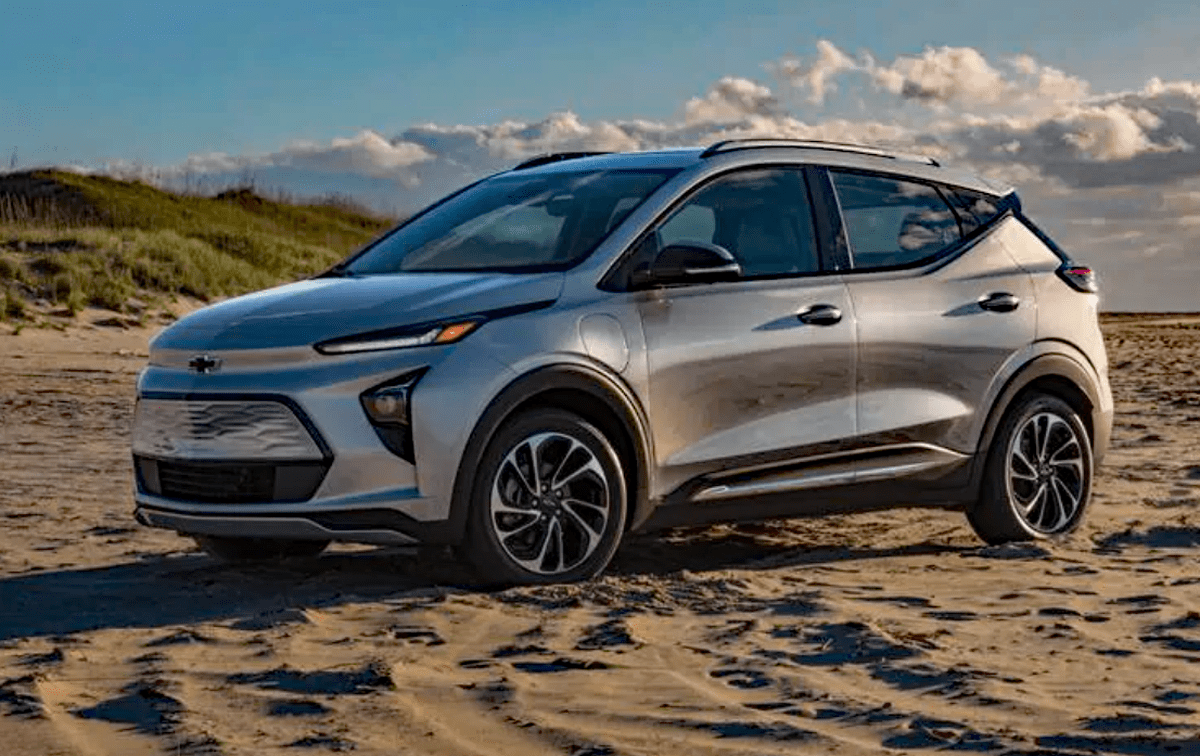
A delightful alternative to the pricey and ubiquitous electric offerings from Tesla, Chevy’s fun-to-drive subcompact Bolt sold in meaningful volume and offered EV intenders an affordable access point to the world of carbon-free motoring.
Though a recall related to battery fires set the Bolt sales program back, General Motors did an impressive job recalling the effected vehicles and replaced batteries as necessary. The bad publicity didn’t seem to hurt the Bolt’s reputation, however, and the small electric Chevy developed a well-earned reputation for sporty character and dollar value. Bolt also impressed with up to 260 miles of battery range, impressive given the wee EV’s price.
But, the Bolt was on the small side, and didn’t connect with shoppers looking for a little utility with their gas-free motoring. Enter the Bolt EUV. Introduced along side a refresh of the original Bolt EV, the EUV (Electric Utility Vehicle) rode on a 3-inch longer wheelbase, which contributed to a roomier rear seating area.
Now, with a crossover in the lineup, and base prices comfortable under $30,000—and eligible for federal tax credits—the Bolt and Bolt EUV were nearly perfect entry-level electric vehicles, and sold quite well as a result—and, of course, were soon discontinued.
Here’s the good news, the Bolt is scheduled to return to Chevrolet showrooms late in 2025 as a 2026 model. Here’s hoping the replacement Bolt is as affordable and fun to drive as the original.
Listen to the Car Stuff Podcast
Cars That Were Discontinued Too Soon Pictures
Click below for enlarged images

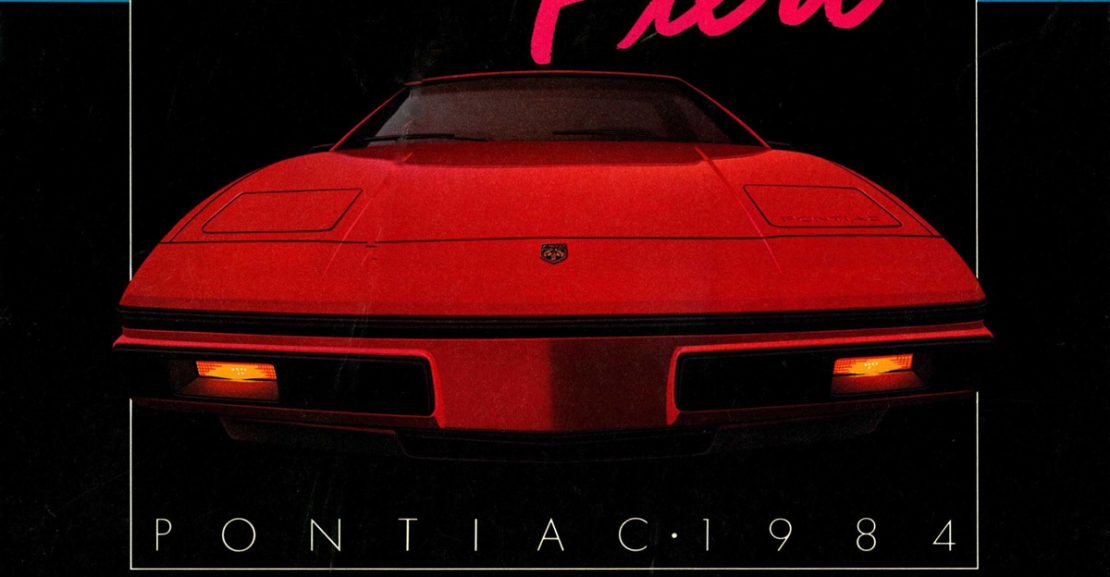


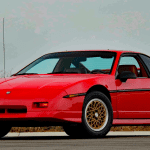


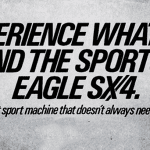
ok